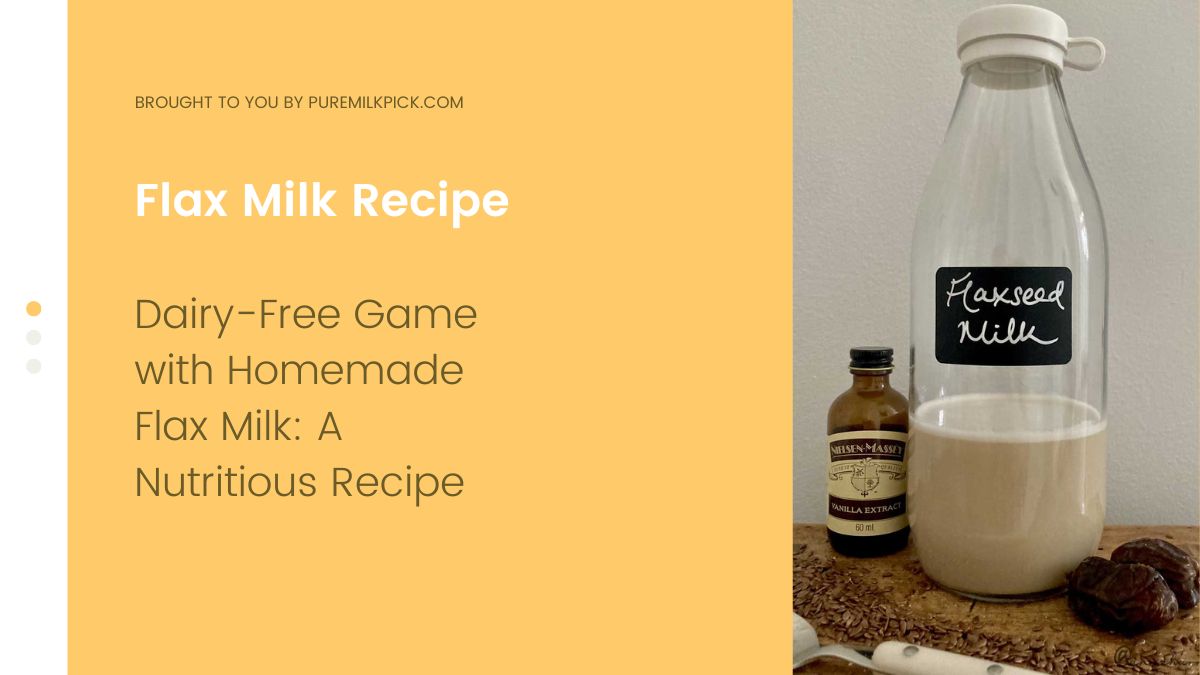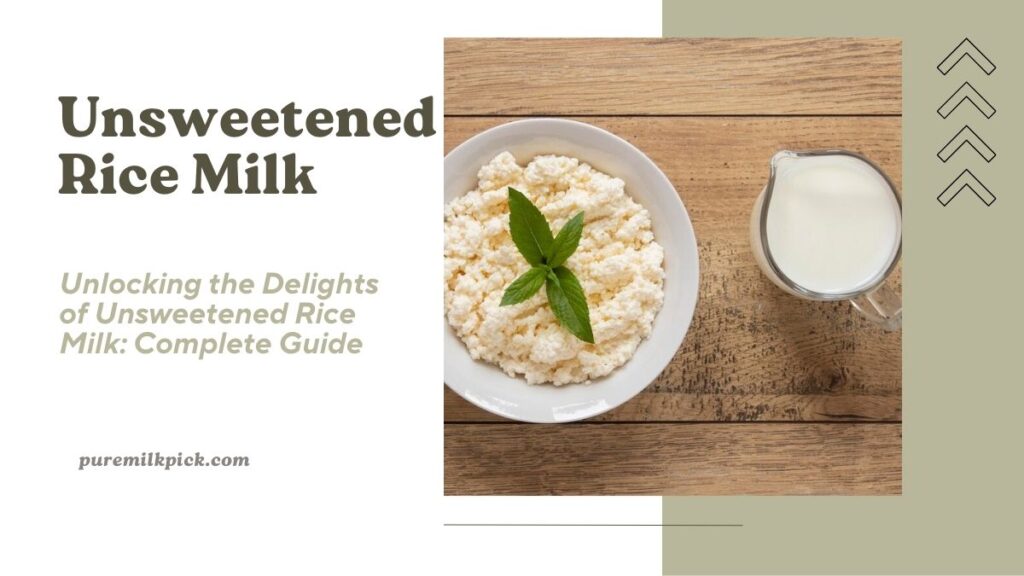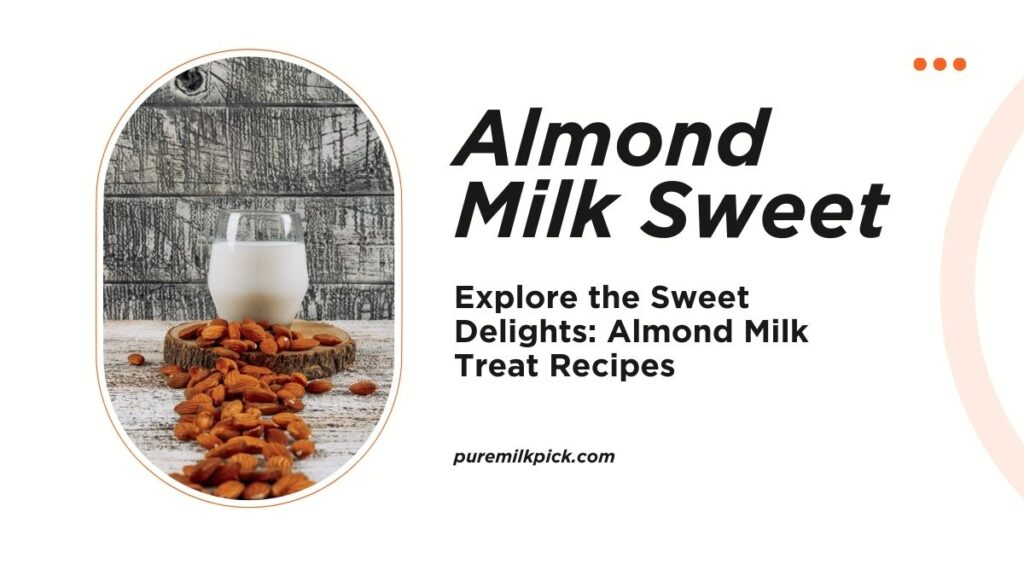Looking to shake up your morning routine or add a nutritious twist to your favorite recipe? Look no further than homemade flax milk! As the demand for dairy-free alternatives continues to rise, flax milk emerges as a versatile and sustainable option packed with health benefits. In this comprehensive guide, we’ll delve into the world of Flax Milk Recipe, exploring its nutritional perks, the simplicity of crafting it at home, and creative ways to incorporate it into your daily diet.
Why Choose Flax Milk?
Flax milk stands out among plant-based milk alternatives for its impressive nutritional profile. Rich in omega-3 fatty acids, fiber, and lignans, flax seeds offer a myriad of health benefits. Unlike some other dairy-free options, flax milk provides a creamy texture without the need for added thickeners or stabilizers. Additionally, flax cultivation is environmentally friendly, requiring fewer resources and producing lower greenhouse gas emissions compared to almond or dairy farming.
Read More: Unlocking the Delights of Unsweetened Rice Milk: Complete Guide
Ingredients
Making homemade flax milk requires just two simple ingredients: flax seeds and water. When selecting flax seeds, opt for whole seeds rather than pre-ground varieties to preserve their freshness and nutritional integrity. You can find flax seeds at most grocery stores or purchase them online for added convenience. For those looking to infuse their flax milk with additional flavor, options abound, from vanilla extract and maple syrup to cinnamon and cocoa powder.
To get started, gather the following ingredients:
- 1/2 cup of whole flax seeds
- 4 cups of filtered water
- Optional flavorings such as vanilla extract or sweeteners
Step-by-Step Instructions
- Soaking the Flax Seeds: Begin by soaking 1/2 cup of whole flax seeds in 2 cups of filtered water for at least 4 hours or overnight. This soaking process helps soften the seeds, making them easier to blend and extract nutrients from.
- Blending the Mixture: Once the seeds have soaked, transfer them along with the soaking water to a high-speed blender. Add an additional 2 cups of filtered water to the blender for a total of 4 cups. Blend on high for 1-2 minutes until the mixture is smooth and creamy.
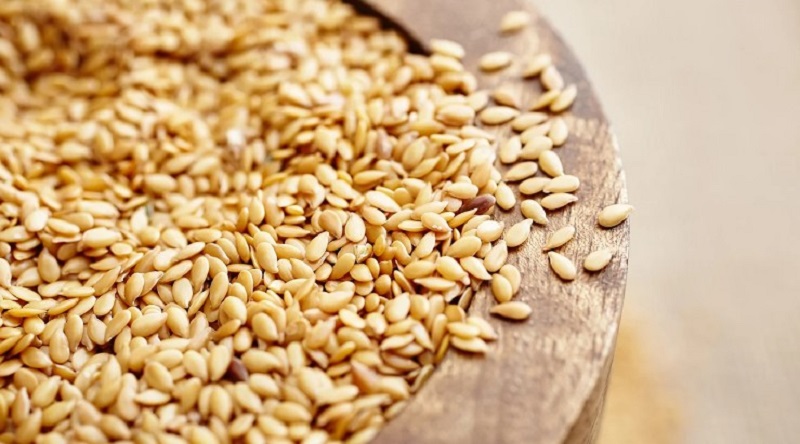
- Straining the Mixture: To achieve a silky texture, pour the blended mixture through a nut milk bag, fine mesh sieve, or cheesecloth into a large bowl or pitcher. Gently squeeze or press the bag to extract as much liquid as possible, leaving behind the flax seed pulp.
- Optional Flavor Enhancements: If desired, return the strained flax milk to the blender and add flavorings such as vanilla extract, maple syrup, or a pinch of sea salt. Blend briefly to incorporate the flavors.
- Storing and Serving: Transfer the freshly made flax milk to a clean glass bottle or jar with a tight-fitting lid. Store in the refrigerator for up to 5 days, shaking well before each use. Enjoy your homemade flax milk chilled on its own, in coffee or tea, or as a creamy addition to smoothies and cereal.
Tips for Success
Achieving the perfect batch of homemade Flax Milk Recipe is simple with a few helpful tips:
- Use a high-speed blender to ensure a smooth and creamy texture.
- Experiment with flavorings to customize your flax milk to suit your taste preferences.
- Don’t discard the leftover flax seed pulp! It can be dried and used as a gluten-free flour alternative in baking or added to oatmeal or yogurt for extra fiber.
Nutritional Information
One of the key advantages of homemade Flax Milk Recipe is its impressive nutritional profile. A single serving provides a healthy dose of omega-3 fatty acids, essential for heart health and brain function, along with fiber to support digestion and lignans, powerful antioxidants with potential cancer-fighting properties. Compared to store-bought alternatives, homemade flax milk contains no added preservatives or sweeteners, making it a wholesome choice for those seeking a clean, plant-based beverage option.
Loaded with nutrients
Flaxseed is one of the world’s oldest crops. There are two types, brown and golden, both of which are equally nutritious (1).
Just one serving provides a good amount of protein, fiber, and omega-3 fatty acids, along with several important vitamins and minerals.
One tablespoon (7 grams) of ground flaxseed contains (2):
- Calories: 37
- Carbs: 2 grams
- Fat: 3 grams
- Fiber: 2 grams
- Protein: 1.3 grams
- Thiamine: 10% of the Daily Value (DV)
- Copper: 9% of the DV
- Manganese: 8% of the DV
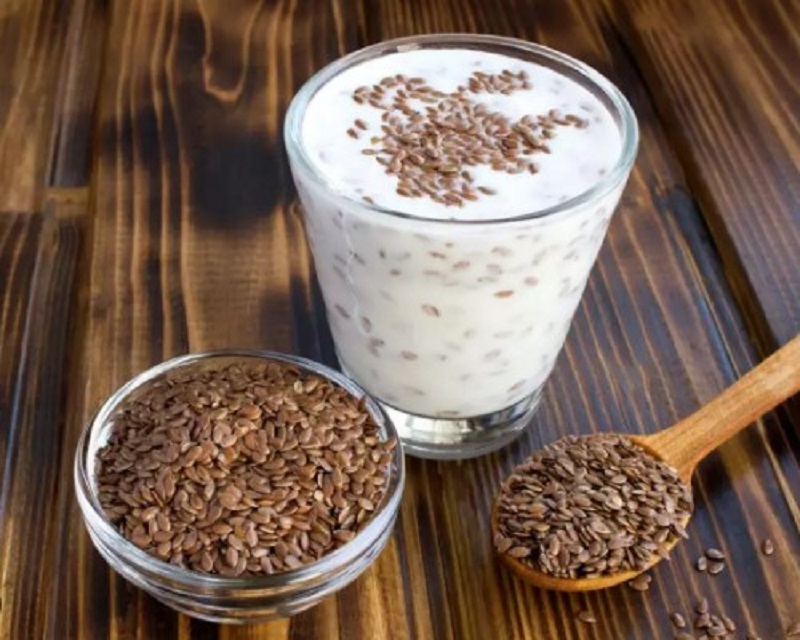
- Magnesium: 7% of the DV
- Phosphorus: 4% of the DV
- Selenium: 3% of the DV
- Zinc: 3% of the DV
- Vitamin B6: 2% of the DV
- Iron: 2% of the DV
- Folate: 2% of the DV
Uses and Serving Suggestions
Flax milk’s mild flavor and creamy consistency make it a versatile ingredient in both sweet and savory dishes. Here are a few creative ways to incorporate flax milk into your culinary repertoire:
- Smoothies: Use flax milk as the base for your favorite fruit and vegetable smoothie for a nutritious boost.
- Oatmeal: Pour warm flax milk over a bowl of steel-cut oats for a hearty and satisfying breakfast.
- Baking: Substitute flax milk for dairy milk in recipes for pancakes, muffins, and quick breads for a dairy-free alternative.
- Creamy Soups: Add flax milk to creamy soups and sauces for a dairy-free option that still delivers a rich, velvety texture.
Conclusion
Homemade flax milk offers a delicious and nutritious alternative to traditional dairy milk, with the added benefits of sustainability and simplicity. By following a few easy steps, you can whip up a batch of creamy flax milk at home and enjoy it in a variety of ways. Whether you’re lactose intolerant, vegan, or simply looking to expand your culinary horizons, flax milk is a versatile addition to any diet.
Additional Resources
For more information on the health benefits of flax seeds and plant-based nutrition, check out the following resources:
FAQs (Frequently Asked Questions)
While the initial investment in purchasing flax seeds may be slightly higher, homemade flax milk is generally more cost-effective than purchasing pre-made options, especially when considering the long-term savings and environmental benefits.
Yes! Flax milk can be used as a one-to-one substitute for dairy milk in most recipes, including baking, cooking, and beverages. However, keep in mind that flax milk has a slightly nutty flavor that may affect the taste of the final dish.
Absolutely! Flax milk is nut-free, making it an excellent alternative for individuals with nut allergies or sensitivities. Additionally, flax milk is free from common allergens such as soy and gluten, making it a versatile option for those with dietary restrictions.
